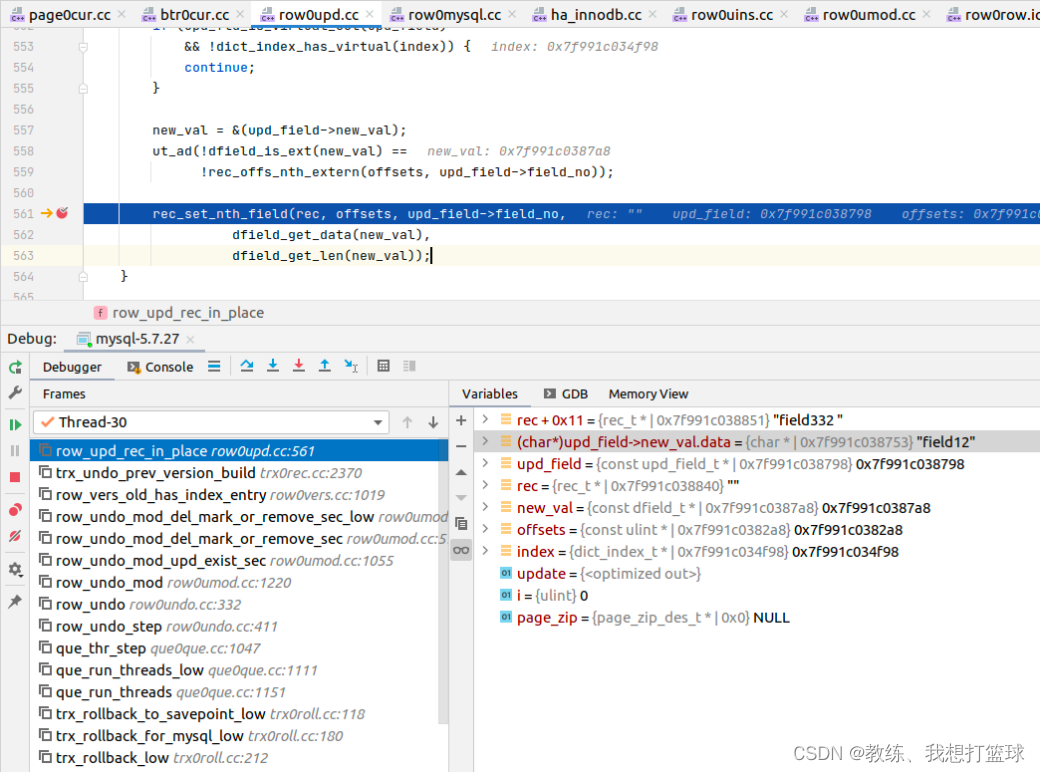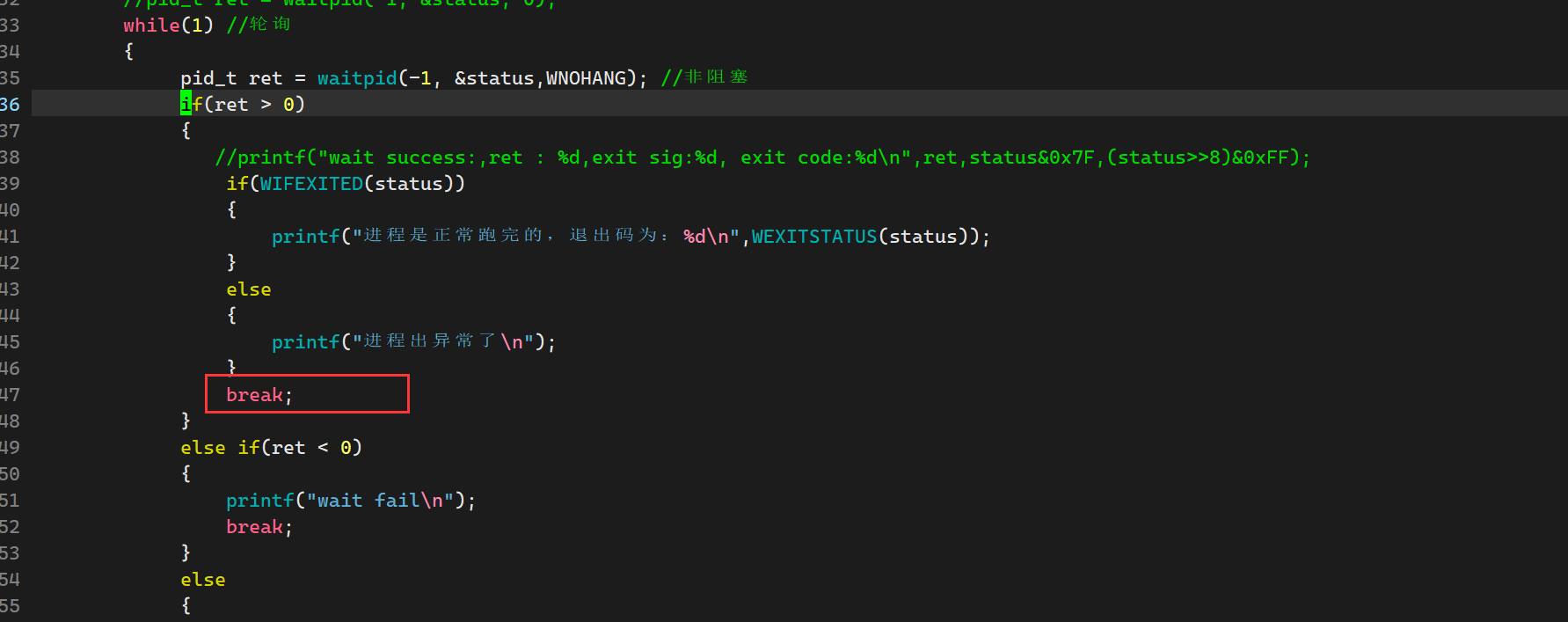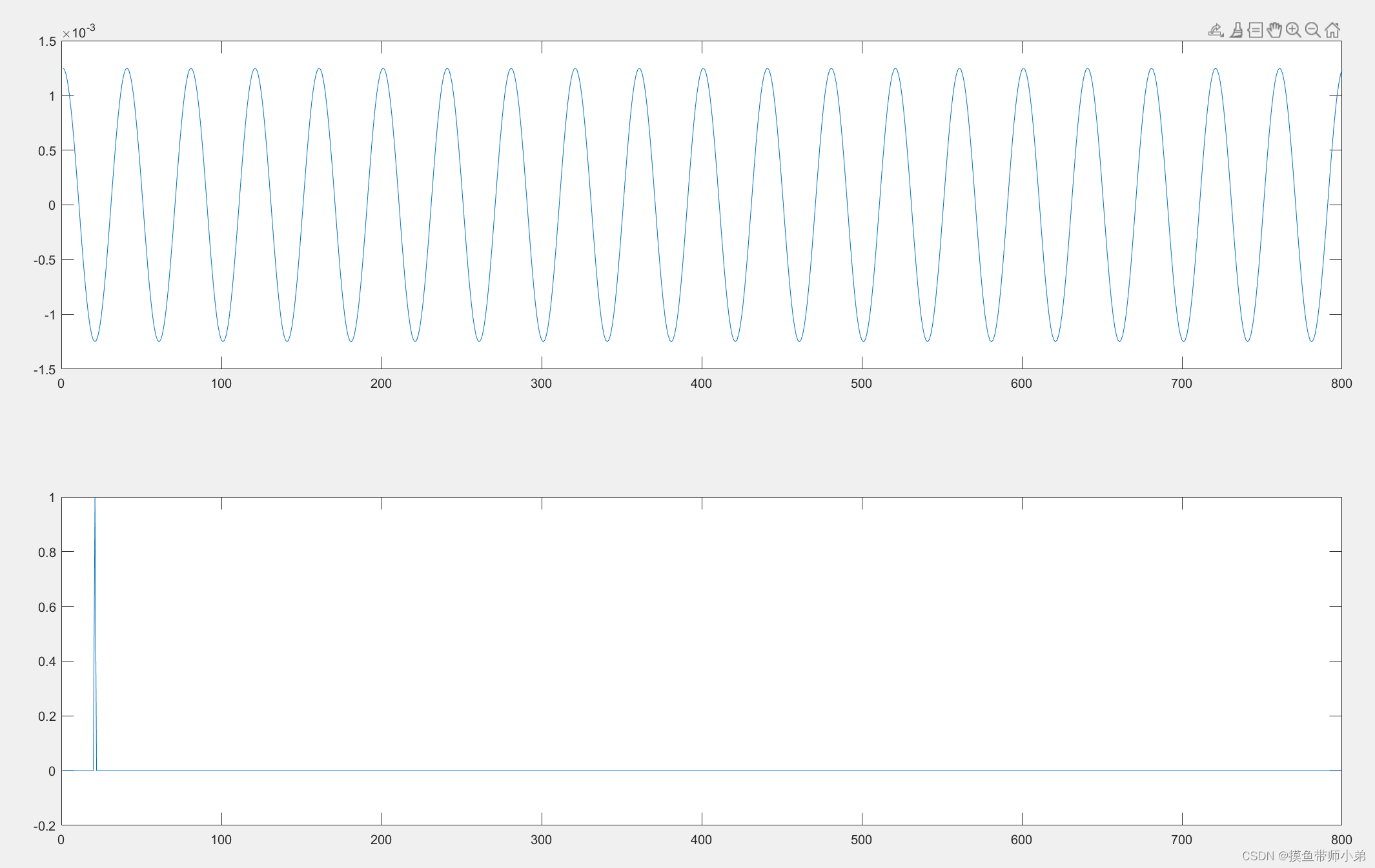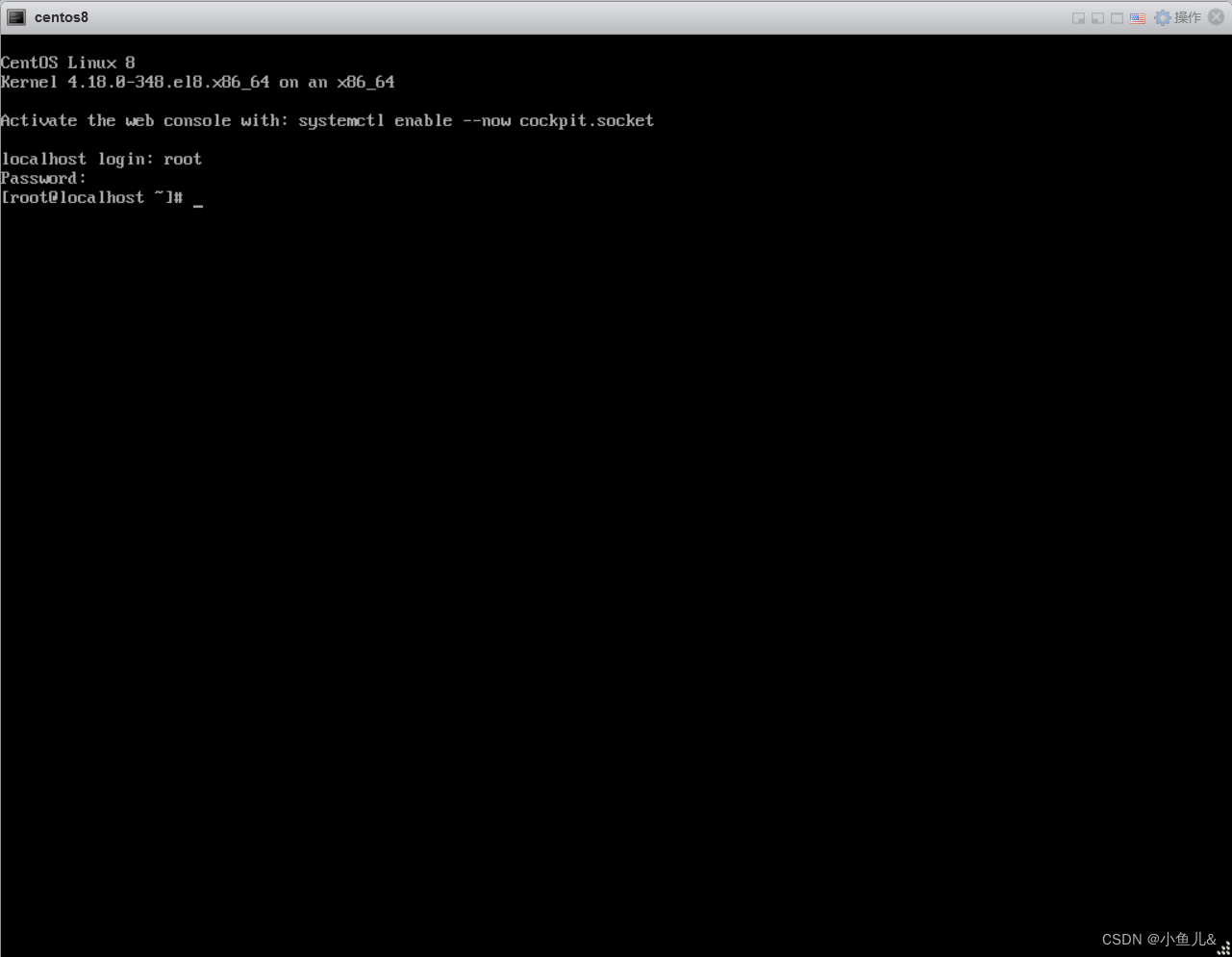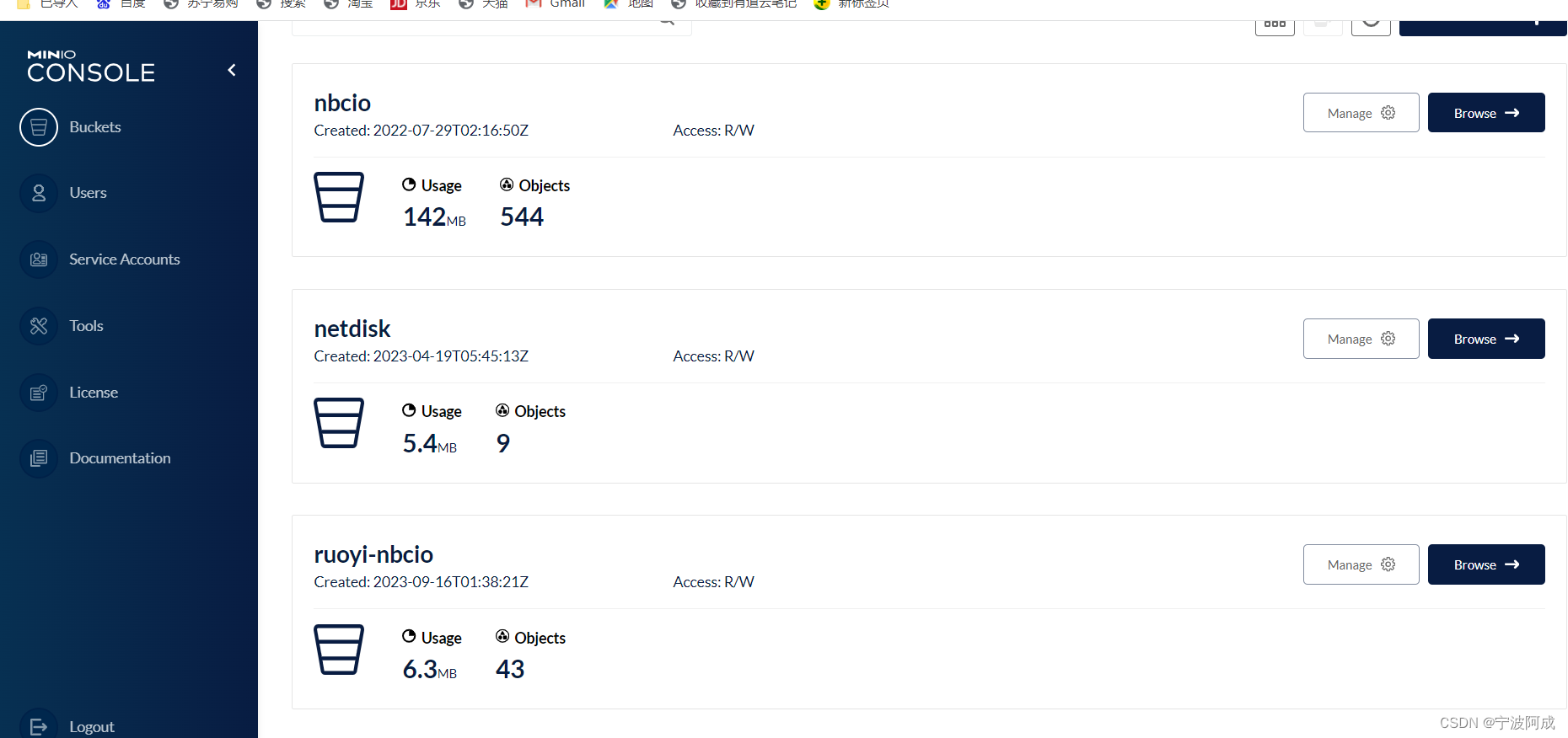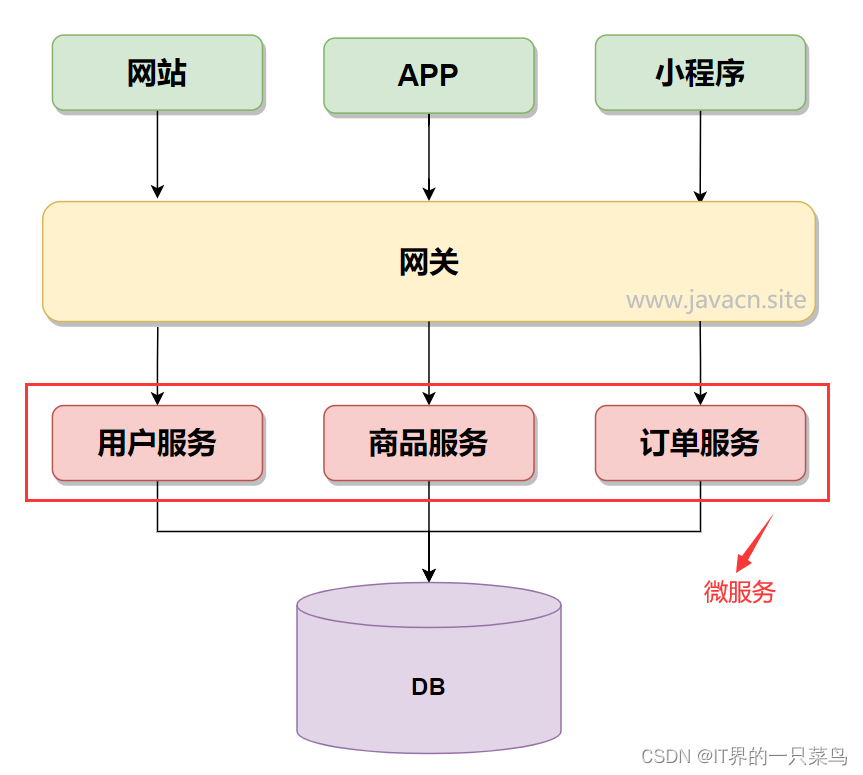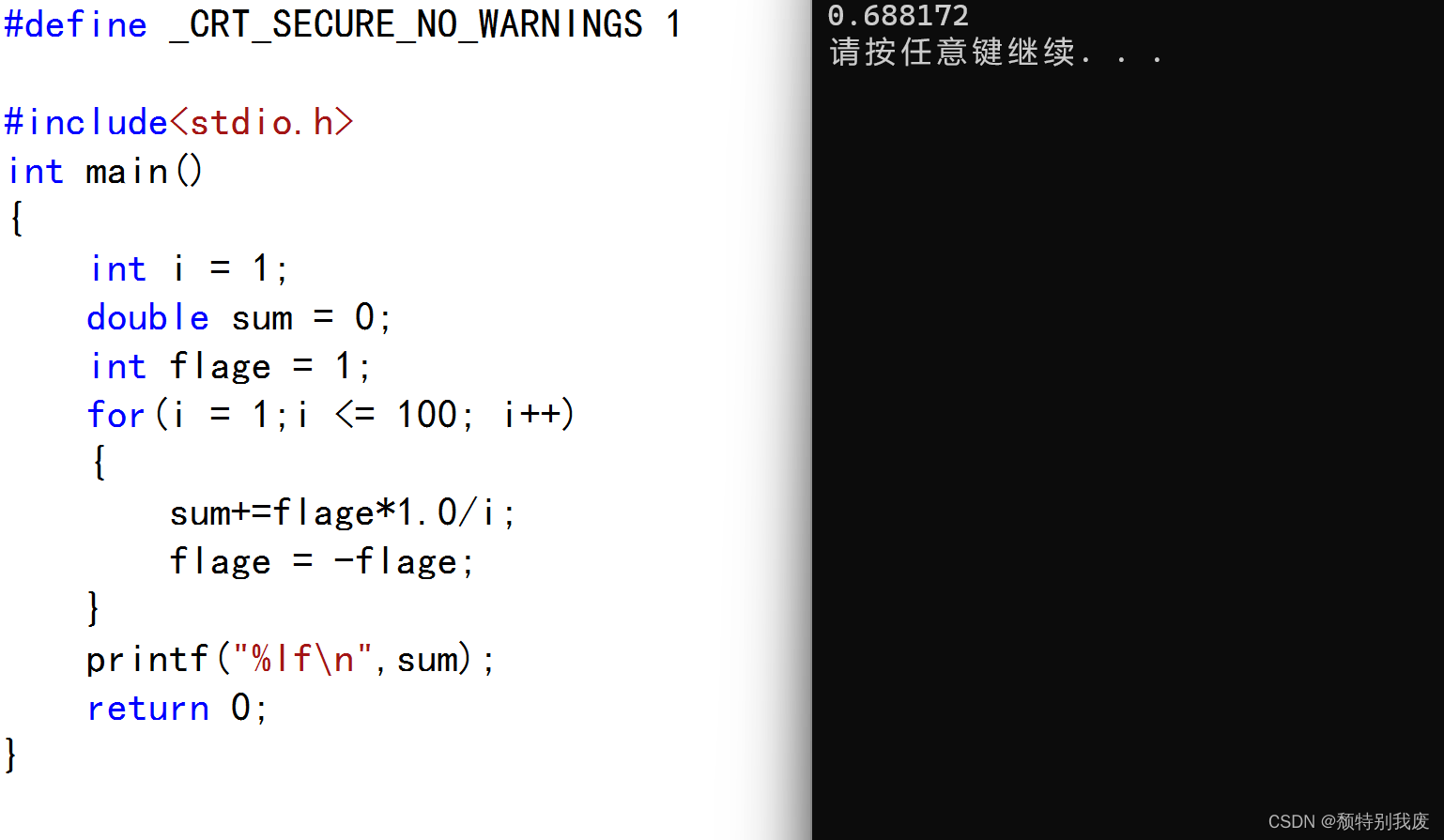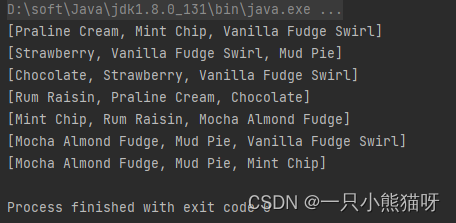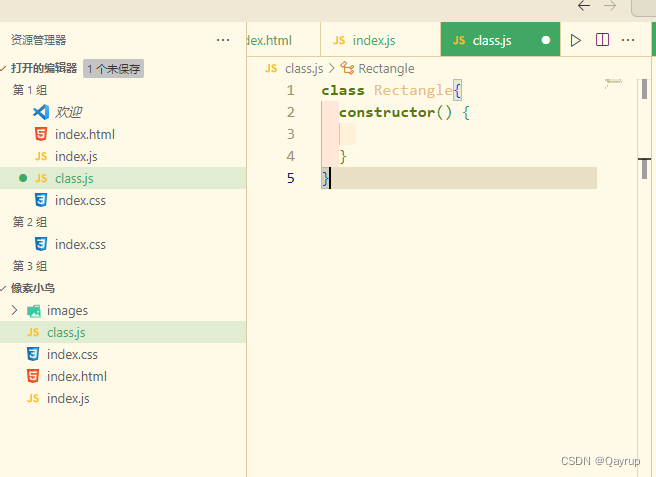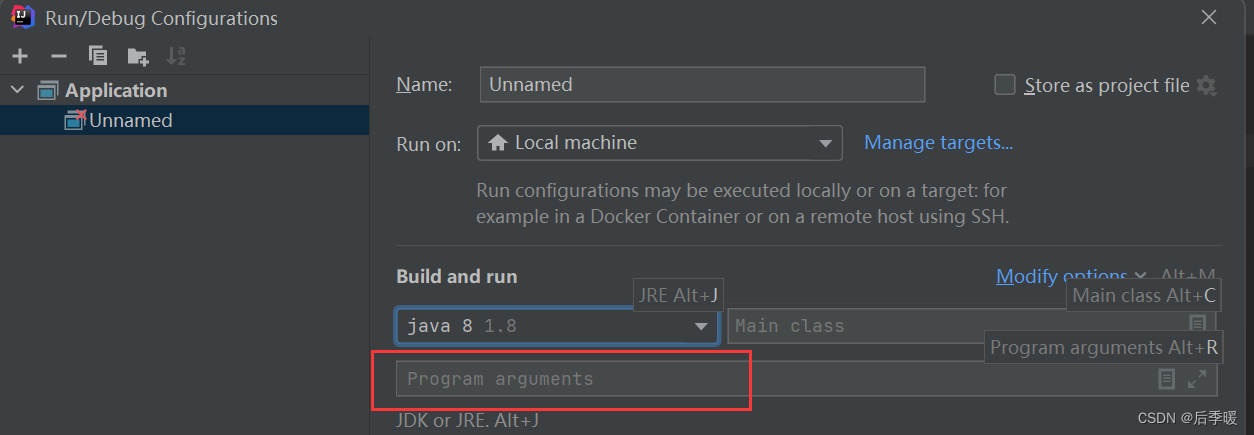
第一步 FlowLayout:
public class FlowLayout extends ViewGroup {
private int mHorizontalSpacing = dp2px(16); //每个item横向间距
private int mVerticalSpacing = dp2px(8); //每个item横向间距
private List<List<View>> allLines = new ArrayList<>(); // 记录所有的行,一行一行的存储,用于layout
List<Integer> lineHeights = new ArrayList<>(); // 记录每一行的行高,用于layout
public FlowLayout(Context context) {
super(context);
}
public FlowLayout(Context context, AttributeSet attrs) {
super(context, attrs);
}
public FlowLayout(Context context, AttributeSet attrs, int defStyleAttr) {
super(context, attrs, defStyleAttr);
}
private void clearMeasureParams() {
allLines.clear();
lineHeights.clear();
}
/*
* 1、度量子view
* 2、获取子view的宽、高、换行等
* 3、向父类索要宽高,判断是哪种MeasureSpecMode,根据不同的mode给出不同的区域
* 4、保存记录
* */
@Override
protected void onMeasure(int widthMeasureSpec, int heightMeasureSpec) {
clearMeasureParams();
List<View> lineViews = new ArrayList<>(); //保存一行中的所有的view
int lineWidthUsed = 0; //记录这行已经使用了多宽的size
int lineHeight = 0; // 一行的行高
int selfWidth = MeasureSpec.getSize(widthMeasureSpec); //父view给我的宽度
int selfHeight = MeasureSpec.getSize(heightMeasureSpec); //父view给我的高度
int flowLayoutNeedWidth = 0; // measure过程中,FlowLayout要求的父ViewGroup的宽
int flowLayoutNeedHeight = 0; // measure过程中,FlowLayout要求的父ViewGroup的高
int paddingLeft = getPaddingLeft();
int paddingRight = getPaddingRight();
int paddingTop = getPaddingTop();
int paddingBottom = getPaddingBottom();
// 获取子view数
int childCount = getChildCount();
for (int i = 0; i < childCount; i++) {
// 获取子view
View childView = getChildAt(i);
// 获取子view的layoutParams,通过layoutParams可得到子view的宽高具体值或者MATCH_PARENT还是WRAP_CONTENT
LayoutParams childLP = childView.getLayoutParams();
if (childView.getVisibility() != View.GONE) {
//将layoutParams转变成为 measureSpec 即设置子view的measureSpec
/*
* widthMeasureSpec表示父view给予FlowLayout的宽度
* paddingLeft + paddingRight表示父view所设置的左右padding值
* childLP.width 表示 子view的宽度
* */
int childWidthMeasureSpec = getChildMeasureSpec(widthMeasureSpec, paddingLeft + paddingRight, childLP.width);
int childHeightMeasureSpec = getChildMeasureSpec(heightMeasureSpec, paddingTop + paddingBottom, childLP.height);
// 通过子view的measureSpec度量子view
childView.measure(childWidthMeasureSpec, childHeightMeasureSpec);
//获取子view的度量宽高
int childMeasureWidth = childView.getMeasuredWidth();
int childMeasureHeight = childView.getMeasuredHeight();
//换行
if(lineWidthUsed + mHorizontalSpacing + childMeasureWidth > selfWidth ){
//一旦换行,我们就可以判断当前行需要的宽和高,所以此时要记录下来
allLines.add(lineViews);
lineHeights.add(lineHeight);
//判断flowLayout到底需要多宽、多高
flowLayoutNeedWidth = Math.max(flowLayoutNeedWidth, lineWidthUsed);
flowLayoutNeedHeight = flowLayoutNeedHeight + lineHeight + mVerticalSpacing;
// 换行后初始化
// 此处不能用clear,用clear则allLines里面的item所指向的就是同一个内存地址了
lineViews = new ArrayList<>();
lineWidthUsed = 0;
lineHeight = 0;
}
//每行的设置
lineViews.add(childView);
lineWidthUsed = lineWidthUsed + mHorizontalSpacing + childMeasureWidth;
lineHeight = Math.max(lineHeight, childMeasureHeight);
//最后一行数据(因为最后一行的时候到不了换行的那句代码,所以不会显示,因此要单独判断)
if(i == childCount -1){
allLines.add(lineViews);
lineHeights.add(lineHeight);
//判断flowLayout到底需要多宽、多高
flowLayoutNeedWidth = Math.max(flowLayoutNeedWidth, lineWidthUsed);
flowLayoutNeedHeight = flowLayoutNeedHeight + lineHeight + mVerticalSpacing;
}
}
}
//根据子View的度量结果,来重新度量自己ViewGroup
// 作为一个ViewGroup,它自己也是一个View,它的大小也需要根据它的父view给它提供的宽高来度量
//首先获取到父view的MeasureSpec的mode
int widthMode = MeasureSpec.getMode(widthMeasureSpec);
int heightMode = MeasureSpec.getMode(heightMeasureSpec);
// 如果父view的MeasureSpec的mode是EXACTLY表示宽度是确切的,则selfWidth为最终宽度,否则为
int flowLayoutWidth = (widthMode == MeasureSpec.EXACTLY) ? selfWidth : flowLayoutNeedWidth;
int flowLayoutHeight = (heightMode == MeasureSpec.EXACTLY) ? selfHeight : flowLayoutNeedHeight;
// 保存记录
setMeasuredDimension(flowLayoutWidth, flowLayoutHeight);
}
// 布局(每一行每一行的布局)
@Override
protected void onLayout(boolean changed, int l, int t, int r, int b) {
// 获取行数 最大显示3行
int lineCount = Math.min(allLines.size(), 3);
// 获取flowLayout所设置的pandding值,布局从左上角开始
int curL = getPaddingLeft();
int curT = getPaddingTop();
for (int i = 0; i < lineCount; i++) {
// 获取到每一行的所有view
List<View> lineViews = allLines.get(i);
for (int j = 0; j < lineViews.size(); j++){
//获取单个view
View view = lineViews.get(j);
//设置view的视图坐标系,
int left = curL;
int top = curT;
int right = left + view.getMeasuredWidth();
int bottom = top + view.getMeasuredHeight();
// view添加到布局
view.layout(left,top,right,bottom);
// 计算下一个view的宽度的开始位置
curL = right + mHorizontalSpacing;
}
// 计算下一行view的高度的开始位置
curT = curT + lineHeights.get(i) + mVerticalSpacing;
// 宽度位置初始化
curL = getPaddingLeft();
}
}
public List<List<View>> getAllLines() {
return allLines;
}
public static int dp2px(int dp) {
return (int) TypedValue.applyDimension(TypedValue.COMPLEX_UNIT_DIP, dp, Resources.getSystem().getDisplayMetrics());
}
}
第二步 xml布局:
<com.knowledge.platform.view.FlowLayout
android:id="@+id/mSearchHistoryFlowLayout"
android:layout_width="match_parent"
android:layout_height="match_parent"/>
第三步 动态设置内容:
mSearchHistoryFlowLayout.removeAllViews();
List<String> historyText = UserInfo.getInstance().getHistoryText();
//集合反转
Collections.reverse(historyText);
for (String text : historyText) {
TextView textView = new TextView(this);
textView.setText(text);
textView.setBackgroundResource(R.drawable.selector_dialog_bg_2);
textView.setPadding(20, 20, 20, 20);
textView.setGravity(Gravity.CENTER);
textView.setOnClickListener(new View.OnClickListener() {
@Override
public void onClick(View v) {
mSearchmSearchHistoryLin.setVisibility(View.GONE);
mSearchTabLin.setVisibility(View.VISIBLE);
mSearchEdit.setText(textView.getText().toString());
//选中文本最后一位
Editable editable = mSearchEdit.getText();
Selection.setSelection(editable, editable.length());
}
});
mSearchHistoryFlowLayout.addView(textView);
}
第四步 保存、获取历史搜索内容数据,MmkvUtil是保存本地数据工具类:
/**
* 获取保存的搜索历史
*
* @return
*/
public List<String> getHistoryText() {
String historyText = MmkvUtil.getInstance().decodeString("historyText");
if (TextUtils.isEmpty(historyText)) {
return new ArrayList<>();
}
List<String> list = new ArrayList<>();
JSONArray jsonArray = GsonUtil.getInstance().getJSONArray(historyText);
for (int i = 0; i < jsonArray.length(); i++) {
String string = jsonArray.optString(i);
list.remove(string);
list.add(string);
}
return list;
}
/**
* 保存搜索历史
*
* @param historyText
*/
public void setHistoryText(List<String> historyText) {
if (historyText.size() == 0) {
MmkvUtil.getInstance().encode("historyText", "");
return;
}
//使用JSONArray保存一些特殊字符
JsonArray jsonArray = GsonUtil.getInstance().newJsonArray();
//只保存100条数据
int start = 0;
if (historyText.size() > 100) {
start = historyText.size() - 100;
}
for (int i = start; i < historyText.size(); i++) {
jsonArray.add(historyText.get(i));
}
MmkvUtil.getInstance().encode("historyText", jsonArray.toString());
}



